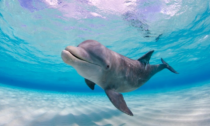
Pacific bottlenose dolphins treat their skin conditions in coral reef spas, a new study has found. The dolphins are regular customers at specific Red Sea reefs, where they rub up against certain types of corals that contain distinct active medicinal compounds, according to the study, published on Thursday in iScience.
Repeated rubbing allows these chemicals “to come into contact with the skin of the dolphins,” Gertrud Morlock, of Germany’s Justus Liebig University Giessen, said in a statement.
This could help dolphins prevent or treat microbial infections, Morlock added.
“Many people don’t realize that these coral reefs are bedrooms for the dolphins, and playgrounds as well,” co-author Angela Ziltener of the University of Zurich added.
“It’s almost like they a...
Read More

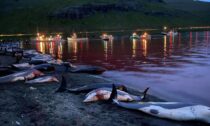
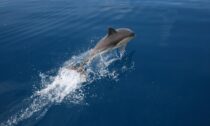
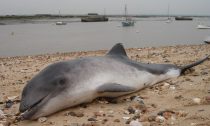
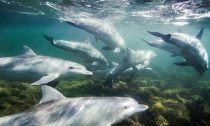
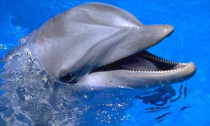



Social Profiles